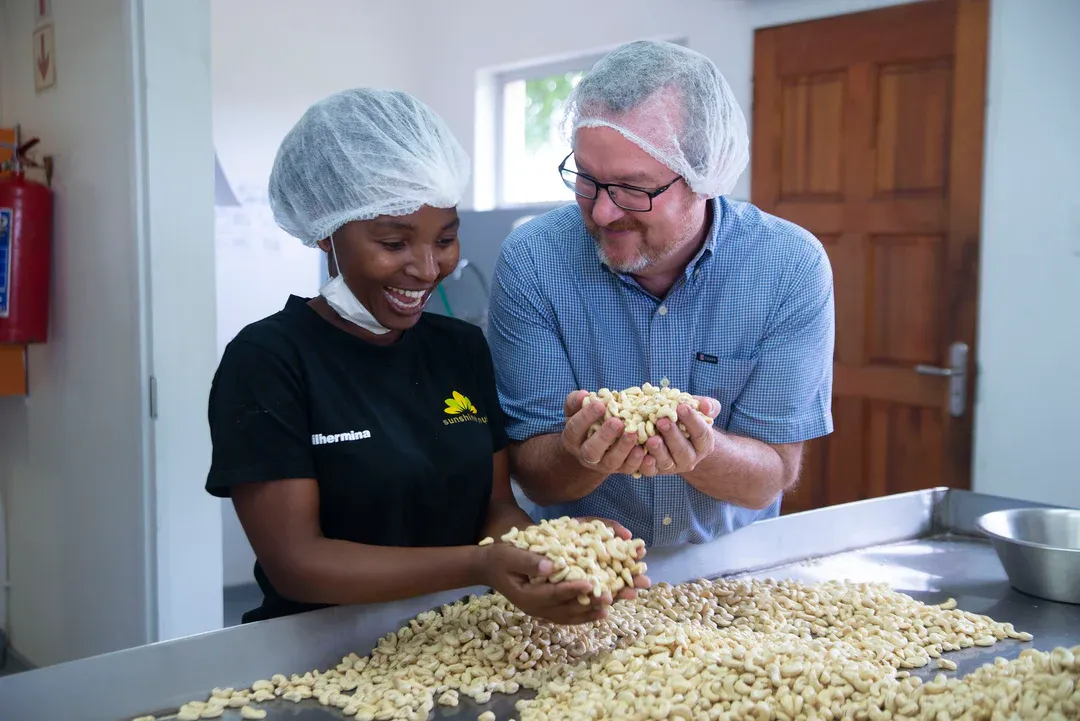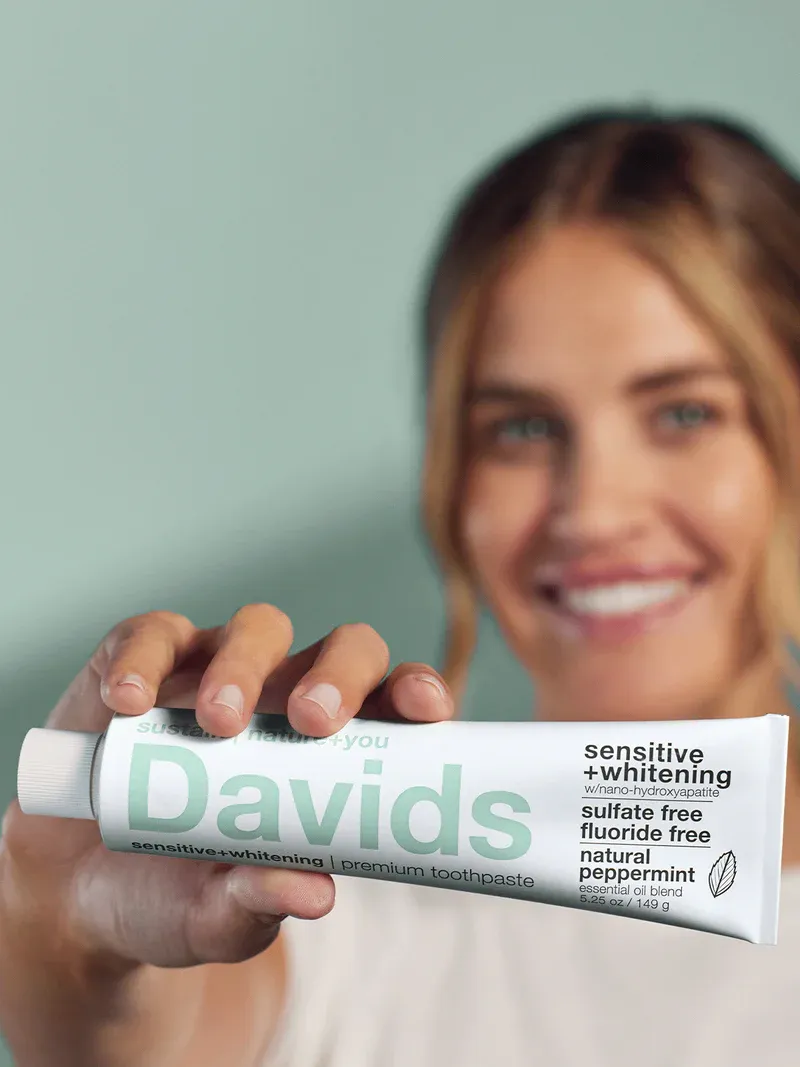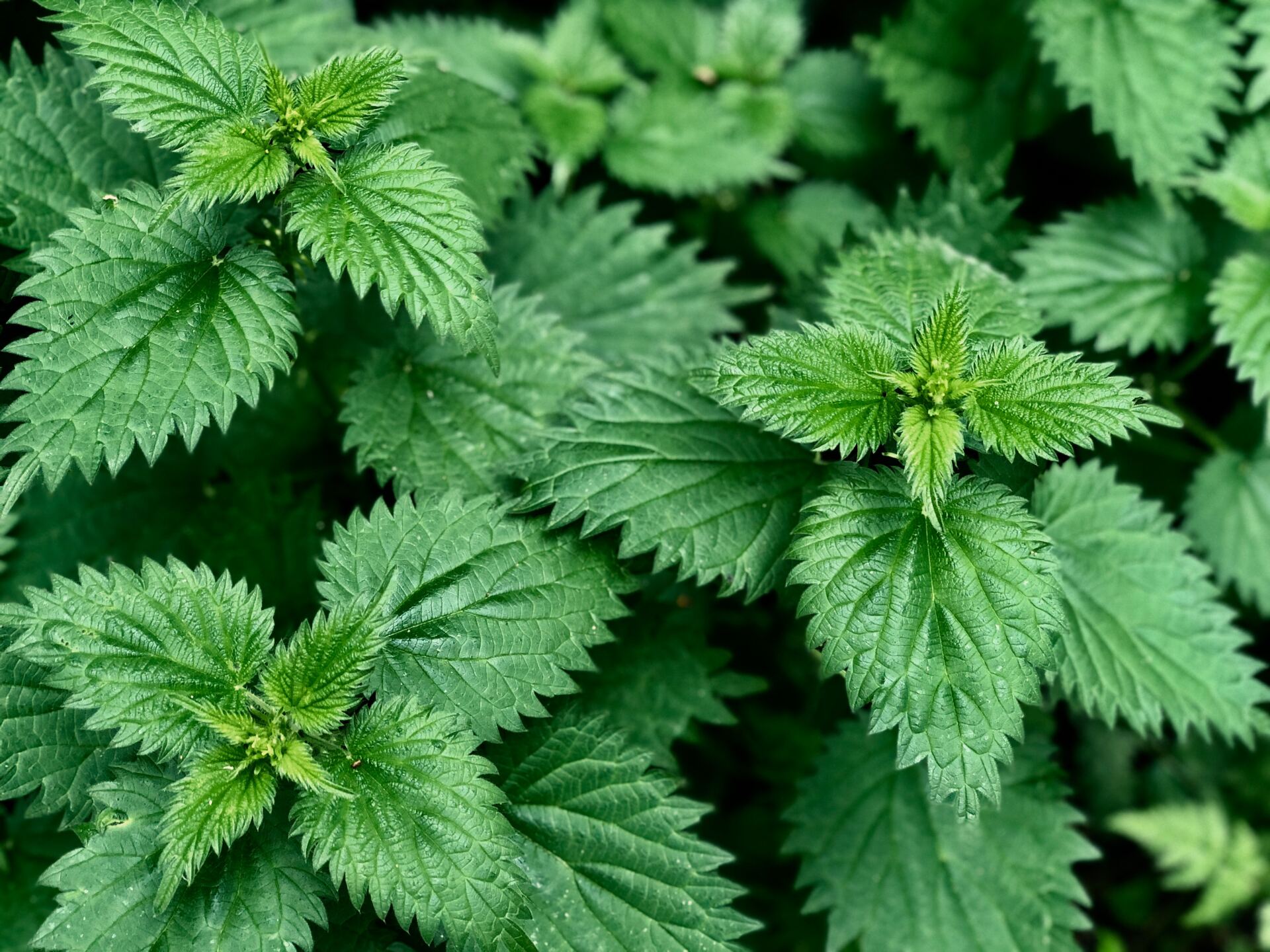








Full disclosure: I didn’t write this post from personal experience. However, I’ve been married to a beard for most of the past 20 years. And I had input from several proud beardsmen. My thanks go out to Aaron, Marty, Benny, and Tyler.
The Big Picture
Personal care products that stay on the body for extended periods of time warrant extra scrutiny. I’m talking things like moisturizers, deodorants, hair products—and facial hair products. We keep these on all day—even all night—and the body has maximum exposure to them. If any of it can soak through our skin, it will. This is why it is so, so important to know what’s in them. What’s in them will get in us.
Vague terms like “fragrance” can conceal thousands of possible ingredients, commonly hormone disrupting phthalates. Any scent should come from pure essential oils. Preservatives can also be a mudpit. Here are some big bad guys to avoid (visit Environmental Working Group’s website for more in depth analyses – ewg.org):
• Butyl– and Propylparabens – Endocrine disruptors
• Quaternium-15 – Formaldehyde releaser and sensitizer
• Methylisothiazolinone – Allergen
• Diazolidinyl urea – Formaldehyde releaser
You’ll see these everywhere. And these are not all the red-flags, but enough to get you started.
These ingredients you’ll find far down the ingredient lists, hoping to escape notice, I guess. And the concentrations are so low, it is hard to make a direct trace should a problem arise.
However, think about using these ingredients all day. Every day. In multiple products. Layer upon layer. How much exposure does that add up to?
Let’s focus in on beard care. If you are caring for some luxurious facial locks, you’ve upped the ante a bit. Not only can your beard products penetrate your skin, but because of the proximity to your mouth, you might even inadvertently swallow them. Dr. Bronner’s can help you avoid all these nasties.
Beard Washing
Dr. Bronner’s serves up some versatile options here with the Castile Soaps, Sugar Soaps, and Shaving Soaps.
It all depends on how much moisture your beard needs. This is a personal issue, and the folks I spoke with gave me a range of answers. If you tend to be on the oily side, Dr. Bronner’s Castile Soap in Tea Tree or Peppermint is what you want. The original. The classic Peppermint Castile will invigorate and wake you up. The Tea Tree will help balance your skin.
If you’re tending to be on the dryer side, check out Dr. Bronner’s Organic Sugar Soaps—the one in the pump. The Shikakai extract, which gives the unexpected dark brown color, is a ground tree bark, long used in traditional hair care in India. Further, the sugar is a natural humectant, drawing moisture into the skin. This is a great soap for both skin and hair.
The maximum nourishment comes from Dr. Bronner’s Organic Shaving Soap which not only lathers beautifully for shaving around the edges, but also is a great beard wash. It will leave your beard soft and your skin soothed.
One of the best perks here is that these don’t add yet another bottle to your overcrowded shower ledge. You can wash with any of these from head to toe.
Beard Styling
When it comes to smoothing and styling, Dr. Bronner’s Unscented Organic Magic Balm makes for a fantastic beard balm. It moisturizes the skin, eliminates itchiness, softens coarse beards, tames unruly beards, styles limp beards. And because it’s unscented, it won’t interfere with any other scent you might want to wear.
Rub the Balm on your hands and work it through your beard. Brush with a wide-toothed comb if desired.
Whether you’ve just graduated from the stubble or you’re at full on lumberjack, give your beard products a couple extra minutes of thought. Keep it simple. Keep it close to nature. Your 80-year-old self will thank you.
Lisa Bronner is a prolific writer, consumer advocate, and speaker on health and green lifestyle issues. She is author of the blog, “Going Green with a Bronner Mom,” and granddaughter of Dr. Emanuel Bronner, founder of Dr. Bronner’s. Visit drbronner. com/all-one-blog to read more of her work.









Please give us a call for today’s deli hours as they can vary due to staffing.
Grab and go options are always available until close.
FEDERAL WAY
Monday-Saturday: 8 am - 8 pm
Sunday: 9 am - 7 pm
Please call for current deli counter service hours. Grab and go options available until closing.
2565 S. Gateway Center Place
Federal Way, WA 98003
TACOMA
Monday-Saturday: 8 am - 8 pm
Sunday: 9 am - 7 pm
Please call for current deli counter service hours. Grab and go options available until closing.
2951 S. 38th Street
Tacoma, WA 98409